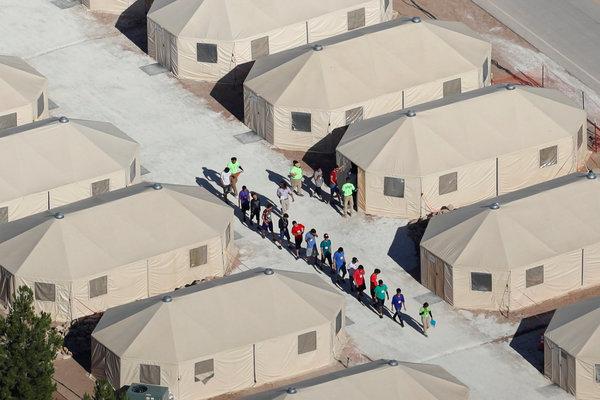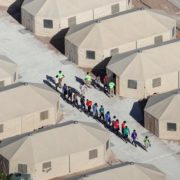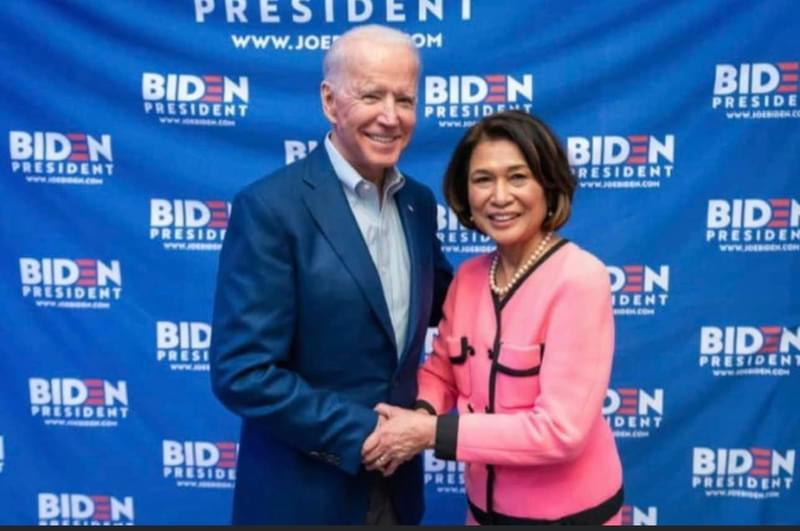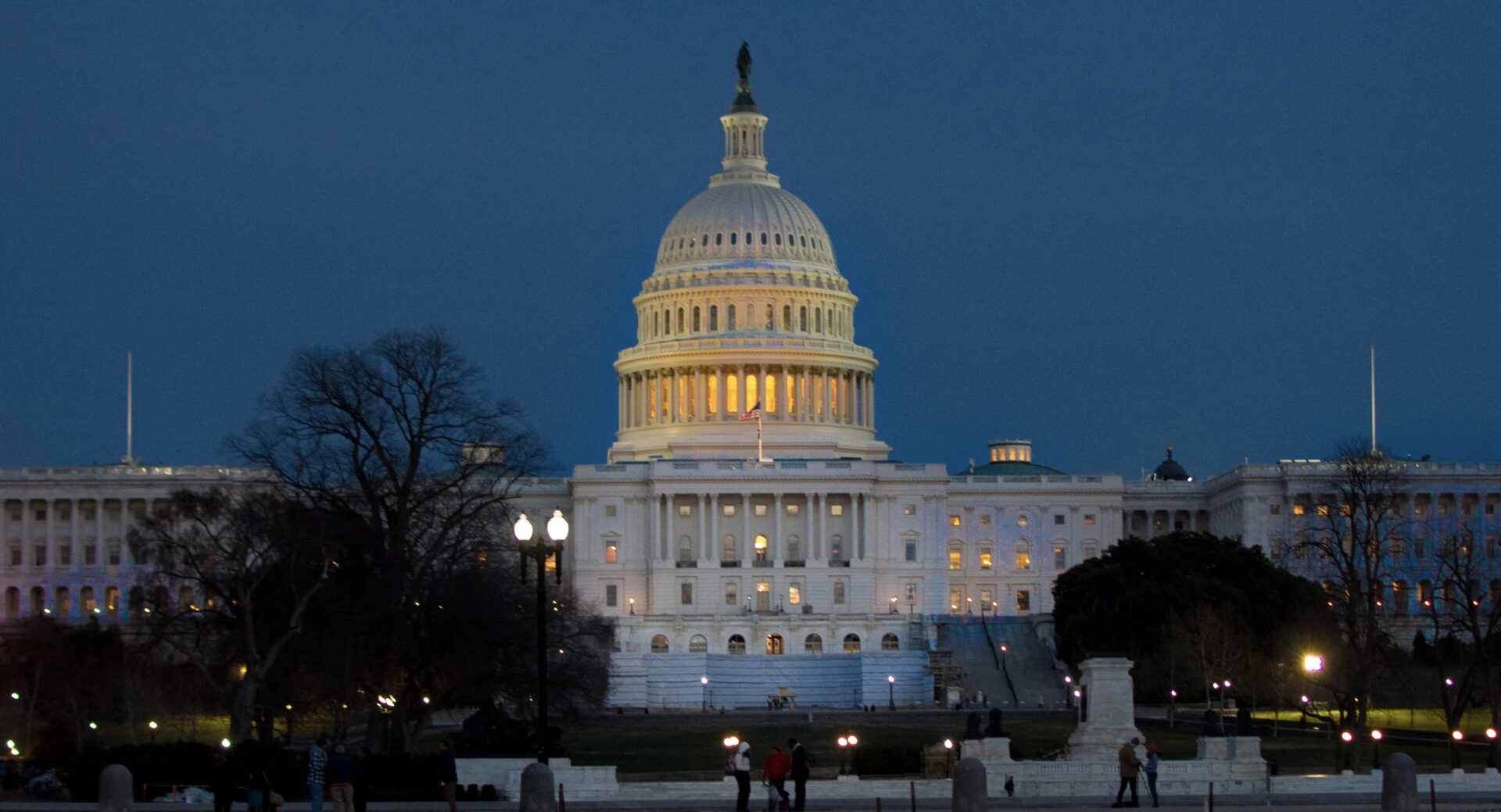Capacity at shelters for migrant children has been quietly increasing since the summer, the New York Times reported

Despite a court order that required the Trump administration to release hundreds of migrant children who were separated from their families at the border, the number of children of immigrants has climbed to 12,800, according to a bombshell New York Times report on Wednesday, Sept. 12.
Wednesday’s report means that the total has increased fivefold from May 2017 when approximately 2,400 children were in custody.
Data from the Department of Health and Human Services shows that the huge accumulation of children in detention is due to the number of children being released to live with sponsors or families in the U.S., and not because of a sudden influx of children crossing the border.
A majority of the children crossed the border alone, or without their parents or guardian and are currently being housed in a detention system that includes more than 100 shelters across the U.S.
Most of these shelters have been near capacity for months, and on Tuesday, the Trump administration announced that it would triple the size of a shelter in Tornillo, Texas to house 3,800 children for the remainder of 2018.
Additionally, the administration has proposed to build new shelters and use military bases to handle the overflow, which will likely be expensive; the Times reported that detention facilities cost three times the amount for a typical shelter or about $750 per child, per day.
The Times reported that a new policy enacted in June that requires potential sponsors to submit fingerprints to immigration officials has significantly caused a drop in the release of children. And, even when sponsors or family members submit fingerprints, they still endure long wait times in a lengthy vetting process that has exacerbated backlogging in the release of migrant children.
As previously reported in the Asian Journal, the Trump administration boasted in April a new brand of American immigration labeled a “zero-tolerance” policy in which its primary goal is to limit the influx of Central Americans seeking asylum from wartorn and violence from their native countries.
A mandate in this policy would automatically criminally charge adults who crossed the border and hold them in a separate detention center from their children under the age of 18, overseen by the Office of Refugee Resettlement (ORR).
Video, audio and photographic footage was released on social media showed children as young as 3 years old in large chain link cages, which sparked intense national outrage over the Trump administration’s policy.
ProPublica released audio of children crying and calling out for their parents in a shelter in Texas sparked national protests, marches and demands from lawmakers and citizens to stop separating children from their families.
In July, the Senate Judiciary Committee questioned Trump administration officials about the family separation policy and one official suggested that many of those involved in the architecture of the zero-tolerance policy expressed qualms about the emotional and psychological turmoil children may endure if separated from family members.
Sen. Richard Blumenthal (D-Conn.) asked Commander of the U.S. Public Health Service Commissioned Corps Jonathan White, who is in charge of reuniting detained families, if any of the officials expressed concern over the separation mandate, that “maybe this isn’t such a good idea.”
White responded, “During the deliberative process over the previous year, we raised a number of concerns in the ORR program about any policy which would result in family separation. Due to concerns we had about the best interest of the child, as well as whether that would be operationally supportable with the bed capacity we had.”
Blumenthal, then, asked, “You told the administration that kids would suffer as a result, that pain would be inflicted, correct?
White replied, “There’s no question that separation of children from parents entails significant potential for traumatic, psychological injury to the child.”






